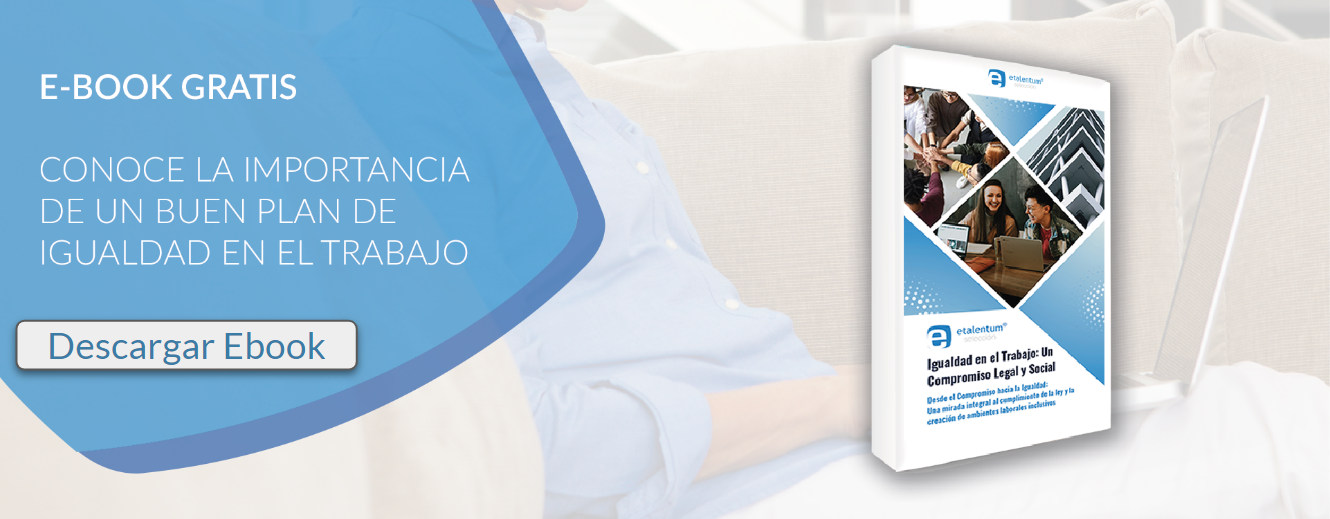
Are you thinking of changing projects or re-entering the job market and have a senior profile?
At this stage, the most important thing is knowing how and what information to present “on paper”.
In a senior career, you accumulate many projects, roles, promotions, trainings, and changes that—if detailed too much—can turn your CV into a long and ineffective document.
Here are some key tips for crafting a high-impact CV for senior professionals:
What should the CV include?
High-impact executive summary: 4–6 lines at the top summarizing years of experience, key industries, strategic strengths, and standout achievements.
List of the last 4 or 5 jobs: ordered in reverse chronological order, starting from the most recent. Add a brief summary of responsibilities for each.
Include achievements and recognitions: Focus on concrete results and how you added value. Achievements = goals reached; recognitions = awards or special mentions.
Academic background: Mention relevant degrees only; avoid listing school projects unrelated to the position.
Relevant skills: Include both technical and leadership/management skills tailored to the role.
Now, it’s time to start writing. Here are 5 design tips to keep in mind:
Start with a professional header: Full name, job title (e.g., Marketing Director), phone number, email, LinkedIn.
Use a clean, organized layout: well-structured design, wide margins, bold titles, no unnecessary graphics.
Include optional sections only if they add value: Languages (if required), publications, conferences, board memberships, or key consulting projects.
Limit the length: ideally no more than two pages, focusing on the most recent and relevant information.
Review and update regularly: Grammar mistakes or inconsistent formatting hurt your professional image. Ask someone to proofread or use tools to refine the content.

